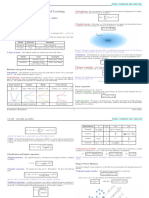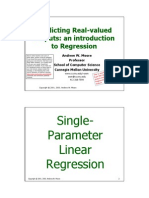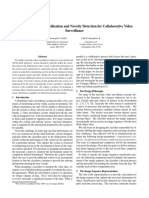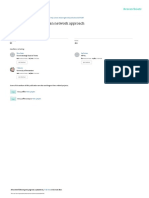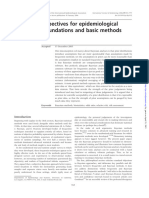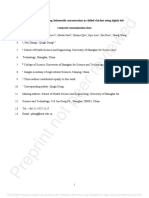0% found this document useful (0 votes)
9 views24 pagesLecture 3
The lecture covers linear regression, focusing on overfitting, cross-validation, and statistical views of regression. It discusses the generalization error, the importance of cross-validation for estimating generalization error, and introduces additive models and polynomial regression. Additionally, it addresses maximum likelihood estimation and its limitations in modeling data, emphasizing the need for careful consideration of noise and model appropriateness.
Uploaded by
abdulCopyright
© © All Rights Reserved
We take content rights seriously. If you suspect this is your content, claim it here.
Available Formats
Download as PDF, TXT or read online on Scribd
0% found this document useful (0 votes)
9 views24 pagesLecture 3
The lecture covers linear regression, focusing on overfitting, cross-validation, and statistical views of regression. It discusses the generalization error, the importance of cross-validation for estimating generalization error, and introduces additive models and polynomial regression. Additionally, it addresses maximum likelihood estimation and its limitations in modeling data, emphasizing the need for careful consideration of noise and model appropriateness.
Uploaded by
abdulCopyright
© © All Rights Reserved
We take content rights seriously. If you suspect this is your content, claim it here.
Available Formats
Download as PDF, TXT or read online on Scribd
/ 24







